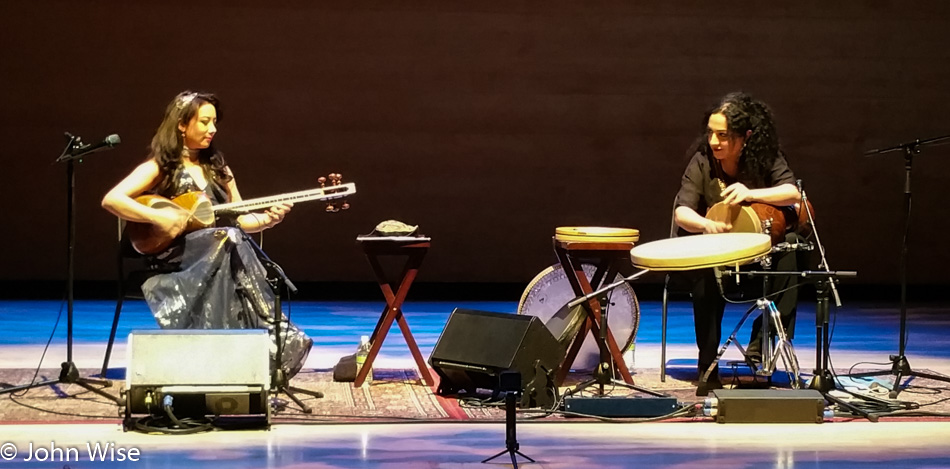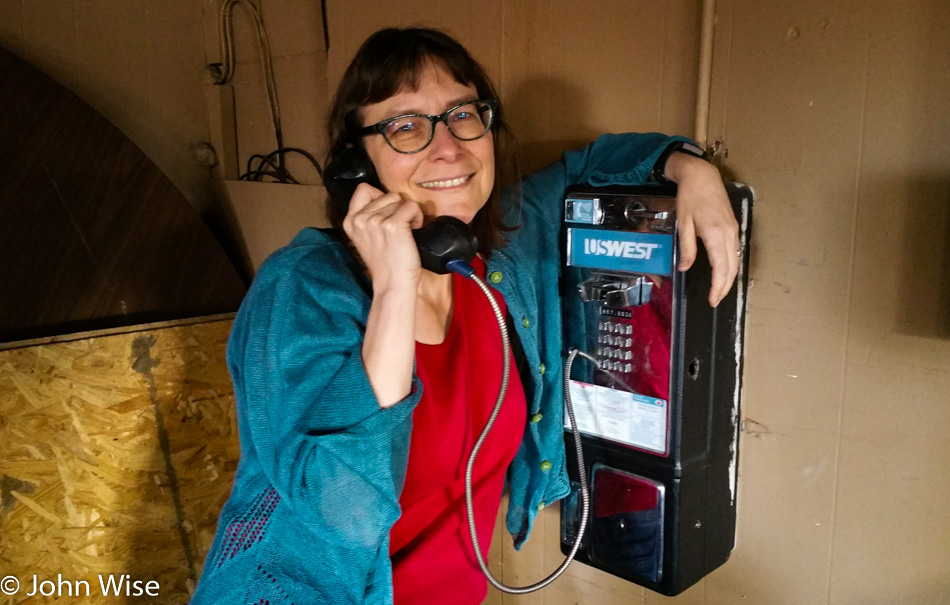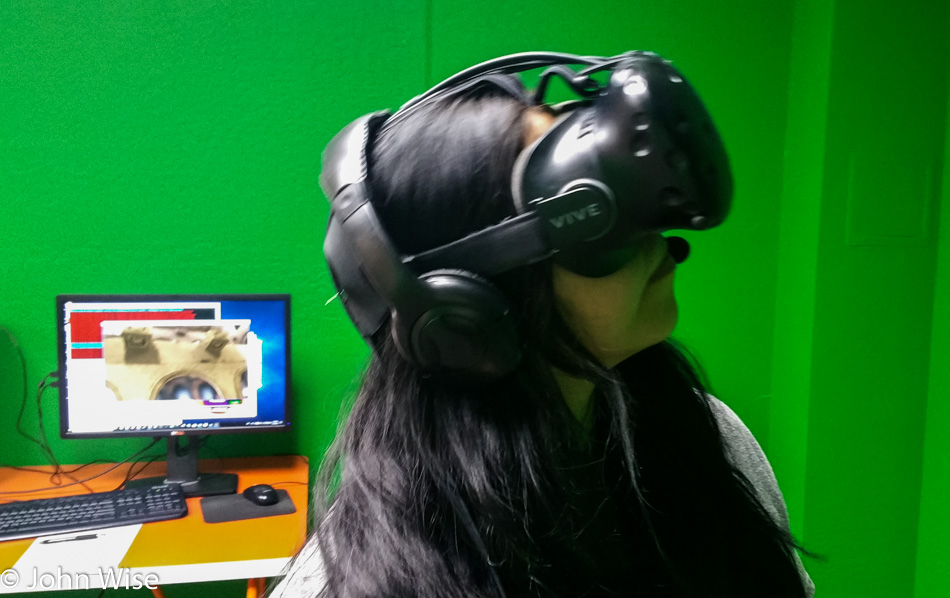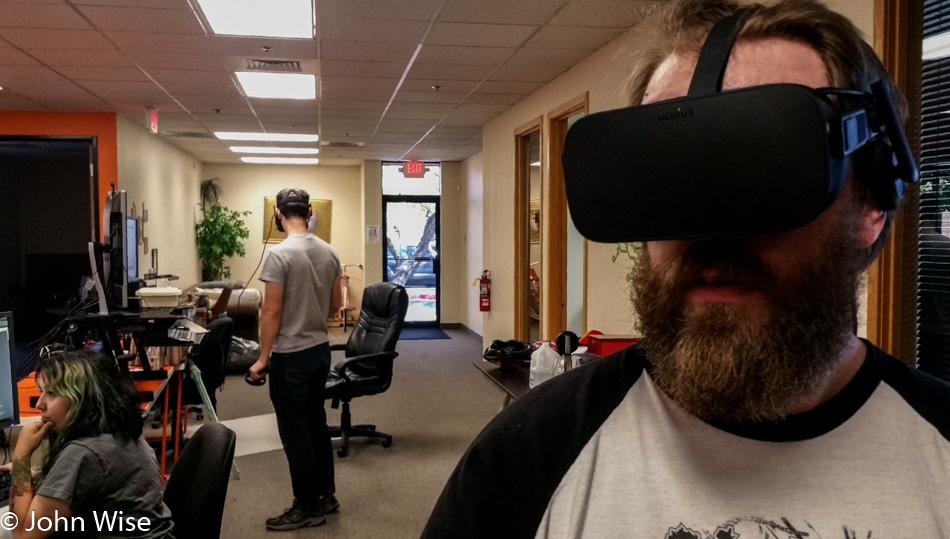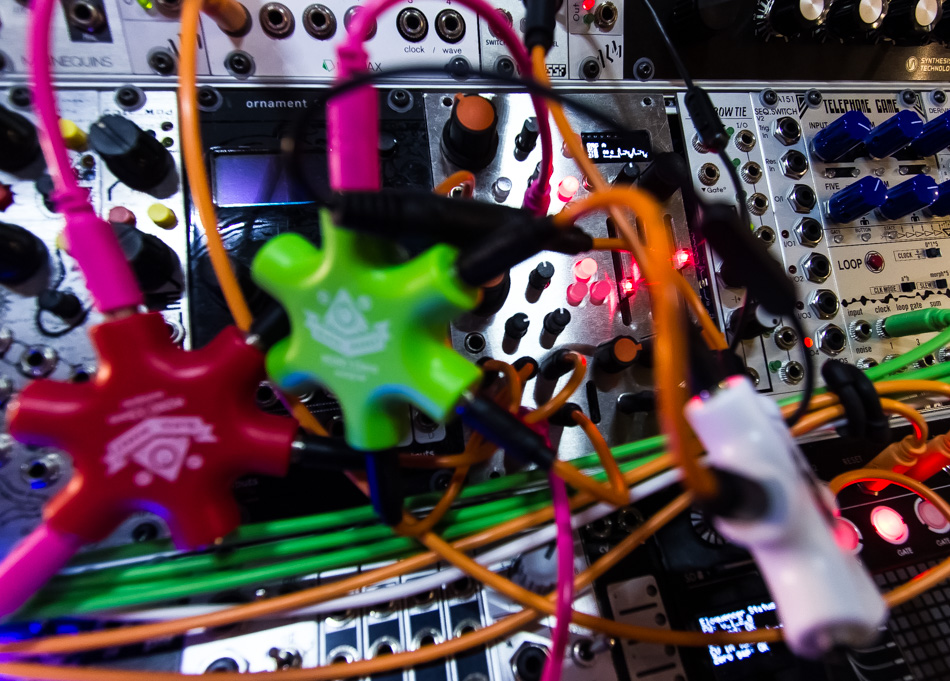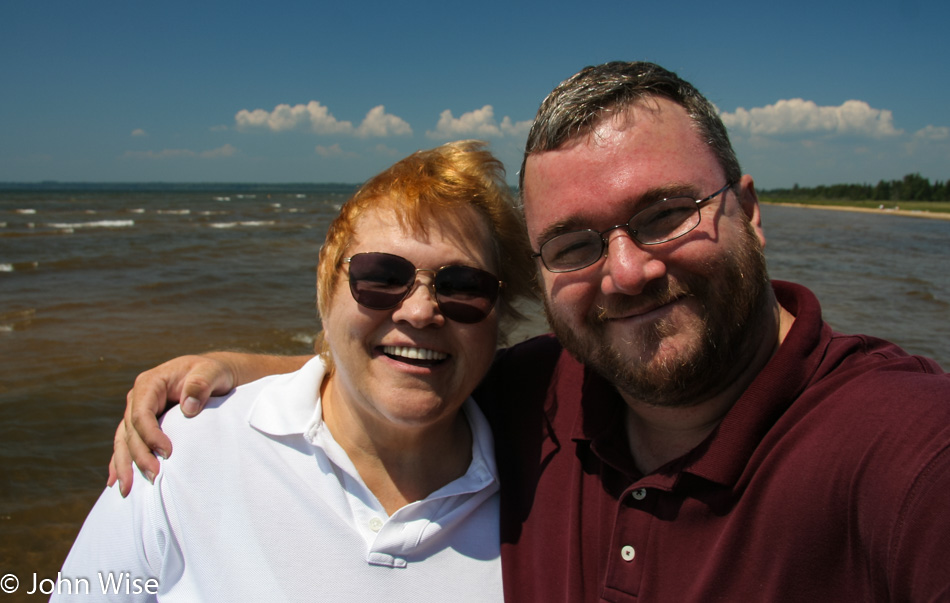
This is my mother, Karen Mae Kurchoff. She was a difficult person with questionable decision-making processes, but she was still my mom, and now I will only be able to look back at our lives because hers has passed. In October, she experienced a stroke that affected her left side to an extent that, without her concerted effort, would leave her paralyzed; she chose paralysis. A couple of weeks ago, she made another poor choice when she stopped eating, followed by the stopping of drinking any fluids four days ago. So tonight, with little struggle and no fanfare, she quietly and by herself, through the haze of a morphine-induced stupor, took the exit ramp.
Should my short note of memorializing my mother seem distant, she effectively chose suicide by self-neglect instead of taking the more difficult path. That is how she lived most of her life. I cannot know what ultimately made her the person she was, but I know she had plenty of blame for nearly all that were a close part of her life. I can’t say I really ever knew her to be genuinely happy, as there was always an undercurrent of frustration and wanting things to be better because good enough was never enough.
While my mom was affable and could endear almost anyone to her loud Buffalonian screech, she often honestly tried to be a good person for others she respected. For those she was supposed to love, there was conflict and tension. I will wonder in the years to come what was it in childhood that impacted her ultimate happiness. Why, at 14 years old in 1962, would she get pregnant and then, six years later, abandon her children? Why did she take the easy road and endure the pain and suffering of abusive husbands? Why didn’t she fight to live to a ripe old age?
In the end, she would never explain a thing, though when my sisters and I asked her a week ago why she chose the path she was most recently on, she said, “Because it’s easy.”
Is it really so easy to just go die?
